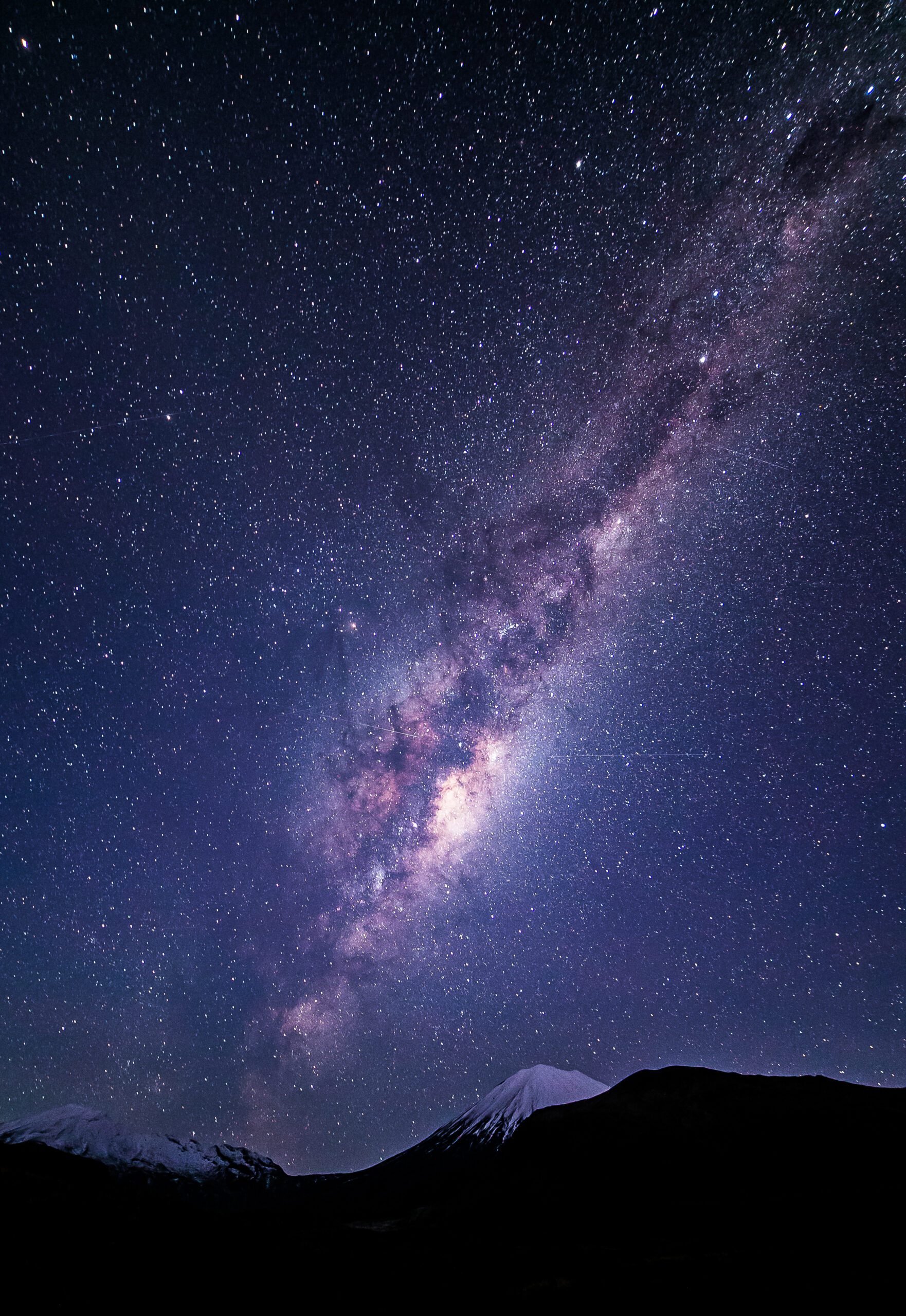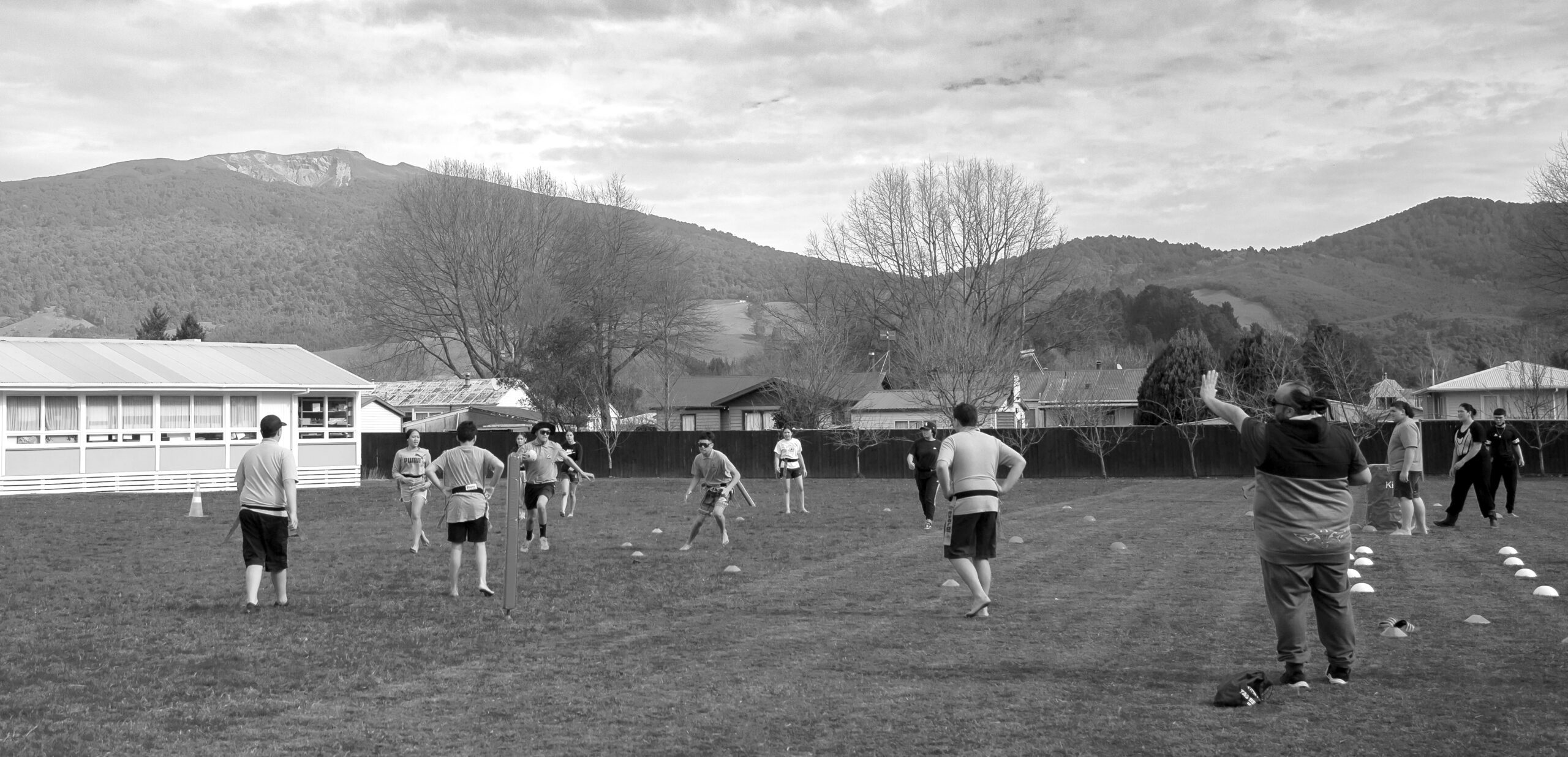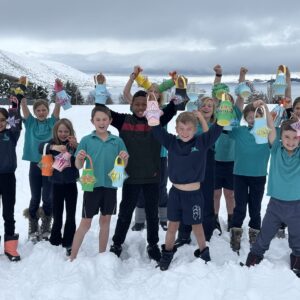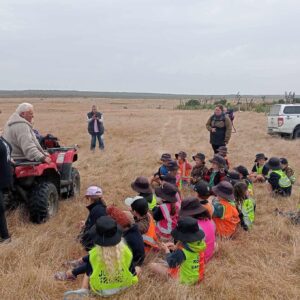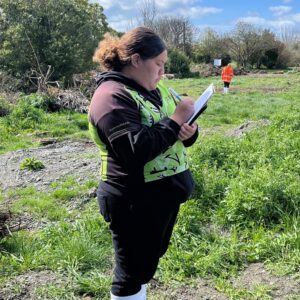NOTE : The Māori language in this article is written in the author’s Waikato-Tainui dialect.
What does understanding of ancient knowledge give us? Imagine having the blueprints for the pyramids of Giza right in front of us, the schematics for the mysterious Nazca Lines or the astronomical codex that guided the construction of Miringa Te Kaakara.
Sadly, the principles of knowledge used in the construction of these marvels have been largely lost to time, held only through the passing on of ever decreasing pools of understanding amongst the older generations.
Within maramataka, we are fortunate enough to have a vast assortment of knowledge remain present. Do we relegate this know-how to be lost in time, or apply it to increase wellbeing and a deeper understanding of our environment and how it affects us?
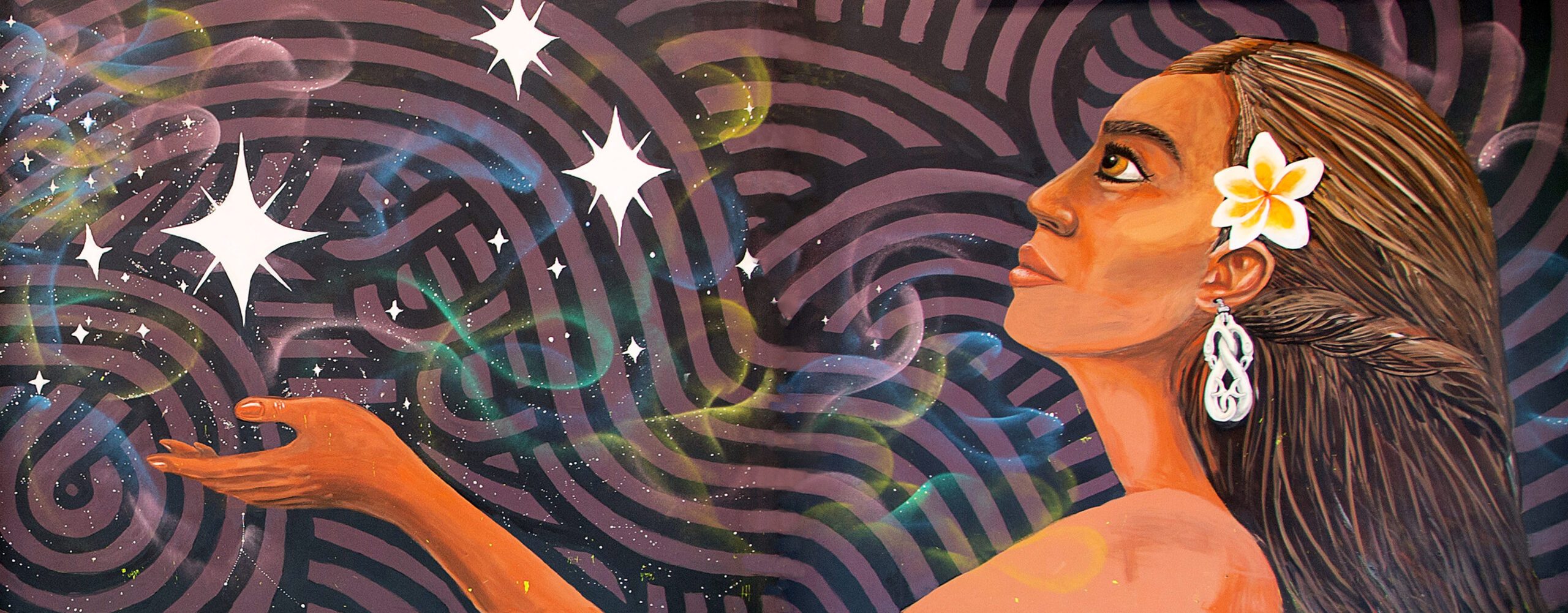
Following the ebbs and flows
In our modern, busy world of teaching we often get caught up in assessment, activities and meeting expectations that may not necessarily fit ourselves or our students. The maramataka gives us guidelines that indicate which lunar phases are more or less advantageous to embark on certain activities.
The positive effects of maramataka are being felt across the country, from the very north to the furthest south. Te Wharekura oo Arowhenua kaiako Desmond Tioke (Tuuhoe, Ngaati Awa, Ngaati Porou) uses the maramataka to plan for sports on high energy days, or calmer activities at times of lower energy phases. “Behaviours on a full moon tend to be higher need,” he explains. “Using maramataka I am able to prepare for that.”
“Maramataka Maaori is not a new initiative or innovation, it’s a way of life that we all need to return to.”
This sentiment is echoed by Mykaela Ripia (Tamakaimoana, Kuri Kino, Ngaati Taawhaki, Tuuhoe) kaiako at Te Kura Maaori oo Ngaa Tapuwae. “Planning structures and methods for each classroom are built into our daily routine through maramataka. We have recorded huge positive behaviour shifts in autistic children and boys, and increased staff wellbeing through observing high and low energy days and implementing those into our planning school wide.”
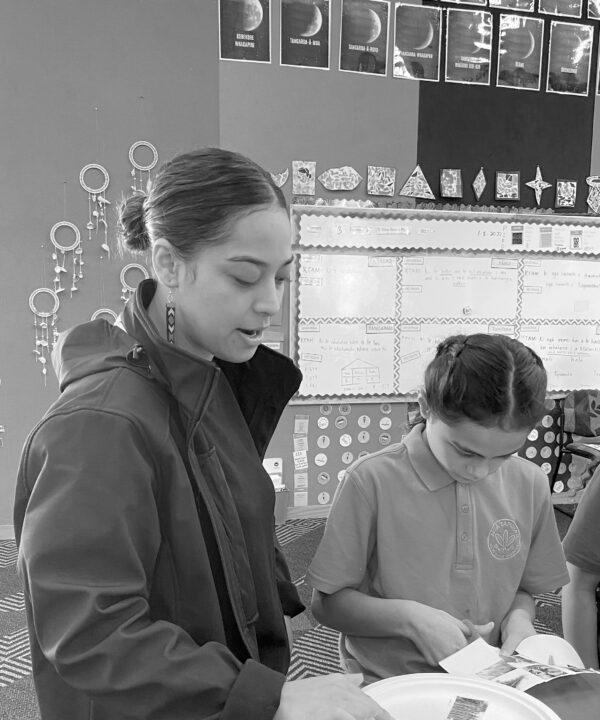
Maramataka gives equally to both tauira and kaiako, fulfilling a knowledge database that can be utilised for the wellbeing of students, teachers and the wider community.
Mainstream schools are also seeing huge benefits from using maramataka in their daily practises. Cashmere Avenue School in Wellington is at the beginning phases of implementation and so far, feedback has been very positive. Leading the changes is teacher Jenny Neill. “Within the understanding of what energy each day has, my colleagues have become more aware of their own undertakings as well as that of our tamariki. I feel that it is beautiful to empower others and see how the maramataka is embodied in our natural daily activities. The maramataka characteristics are exhibited no matter who you are or where you are from.”
Why should schools use the maramataka?
When Henarata Ham (Te Aitanga aa Hauiti) principal at Te Kura oo Hirangi in Tuurangi was asked “Why did you do it?” the simple answer was, “Why not?” She said that after surveying whaanau and staff there was a 100 percent uptake for the concept. “So far, there have been no negatives, all of the results have been positive. This is the foundation for all of our knowledge, growing our iwi and whaanau citizens.”

One way that some kura are incorporating the maramataka is to give staff and students a month’s break at Mataariki. They accomplish this by starting the year a week earlier and finishing a week later. Not only does this provide a well-deserved break for all, but the weather is also perfect at those times for important traditional water-based sports and competitions.
“As a board, we are over the moon to be able to give staff and students a full month’s rest during Mataariki, the coldest part of the year,” shared Arihia Stirling QSM, principal at Te Kura Maaori oo Ngaa Tapuwae (Te Whaanau a Apanui, Ngaati Porou, Ngaai Tahu, Ngaati Whaatua). “Benefits for teachers and children due to having this time is wonderful for physical, mental and spiritual wellbeing. We had closures due to COVID-19, teachers burnt out, whaanau and students at their wits end, but this break made a huge positive difference.”
Michelle Haua (Ngaati Porou, Te Awe Maapara) of Hiruharama Kura in Ruatooria spoke to Ako in 2021 about how she uses the maramataka in her classroom. So what has changed since then?
“One of the effects of COVID-19 was general price hikes, couple this with increased weather disturbance due to our global climate crisis, we are seeing food costs in particular becoming a huge problem for whaanau.”
“Maramataka allows us to connect with the vibration of nature, time, students and our community.”
Haua looks to the maramataka to help with these issues. “We use the seasons to do the things we are naturally good at. We are pragmatic and due to the rise in price of food, feel it is important to teach our children how to get kai from our natural environment. The holistic practicalities of oranga pai. We can teach them ABC and 123, but we are teaching them how to catch, prepare, cook and preserve kai under the auspices of maatauranga Maaori in conjunction with the maramataka.
“Sometimes you have to go back to go forward, those with the recipes, skills, are dying and that leaves a huge gap if we can’t extrapolate the knowledge.”
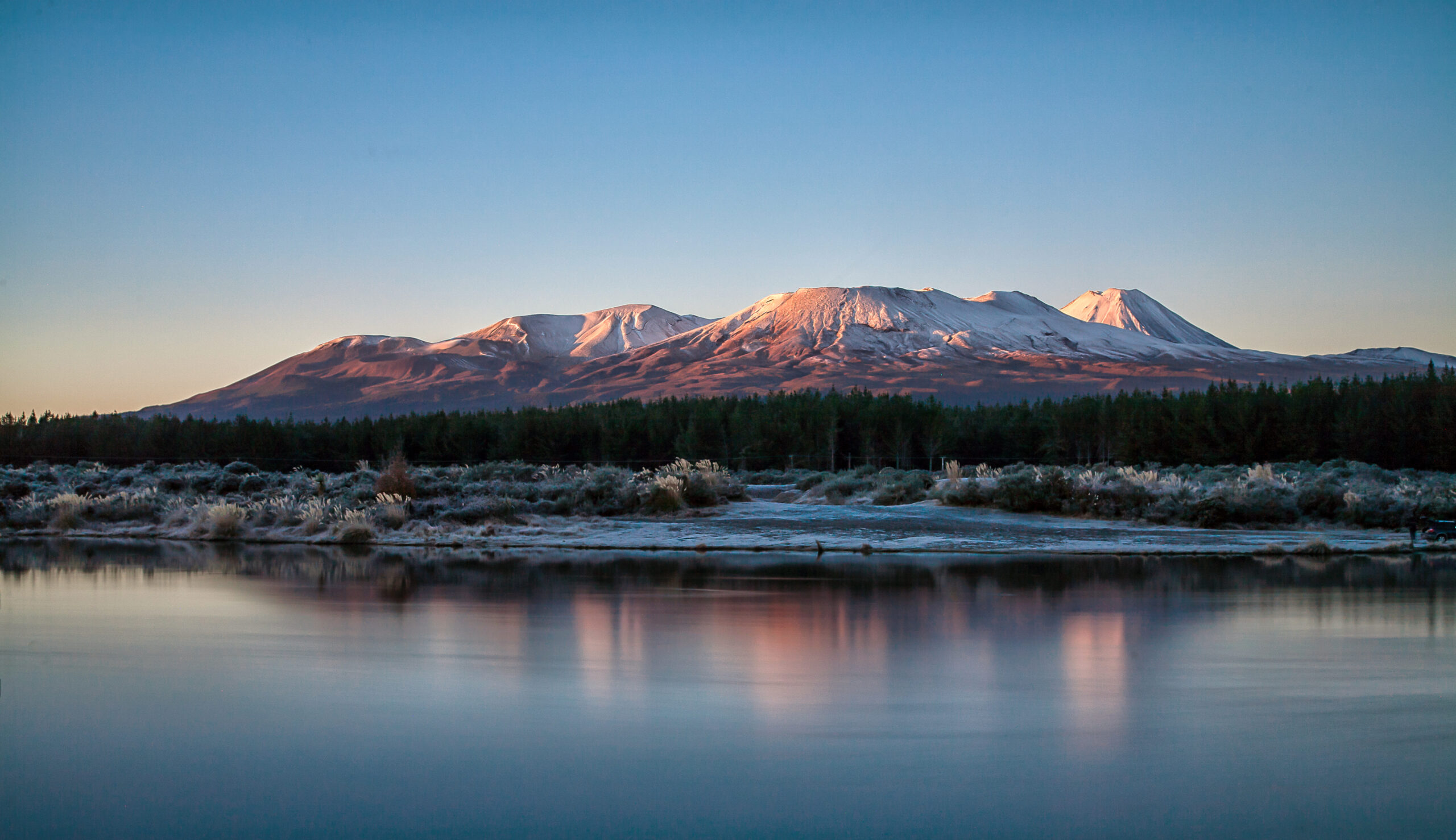
How can our school embed the maramataka?
It’s one thing to have a great system for managing the wellbeing of our schools, but how do we get there?
Everyone’s path will be different, for example Henarata explained how Te Kura oo Hiirangi were “motivated by Tukiterangi and Renata Curtis at the Kura aa Iwi Tumuaki hui last year. Tuki and Renata helped us to view our own Taiao curriculum, Te Tikanga oo te Maataapuna ki Tuuwharetoa through a maramataka Maaori lens.”
Te Wharekura oo Ngaati Rongomai, the first kura to receive official confirmation of their transition to using maramataka, assisted greatly in “decolonising the thinking process. We made sure we had the facts to back us up, so this wasn’t change, it was a returning.”
At Cashmere Avenue, Neill has taken a paced approach. “I’m taking small steps at the moment, we have just nine percent Maaori students at our school although I am committed to uplifting students daily through the tikanga and practices of their tuupuna, especially regarding maramataka. To me, maramataka allows us to connect with the vibration of nature, time, students and our community.”
Localising maramataka
One size doesn’t fit all when considering maramataka. There are localised interpretations of maramataka that apply to different regions and utilising those are of great importance.
Speaking from the southern end of Lake Taupoo in Tuurangi, Henarata shared how Te Kanawa Pitiroi, one of the kaitiaki tikanga at the kura, “revived the maramataka for our end of the lake. As well as localising maramataka, there have been adaptations made to accommodate different age groups. Te Kapua Whakapipi have released a child friendly version of the maramataka, and the Tūwharetoa Māori Trust Board have also printed another version of it. We have had requests from five other kura that wish to implement maramataka.”
Where one goes others follow and the process used to arrive at maramataka implementation is being quickly demystified.
“We can teach them ABC and 123, but we are teaching them how to catch, prepare, cook and preserve kai.”
Stirling suggests that maramataka should be driven locally and advises people to “be vigilant with the implementation of maramataka” and to “be careful of a one size fits all approach. She explains, “this taaonga should remain in our power, not to be implemented through outside understandings, maa taatou, moo taatou e ai ki a taatou. Maramataka Maaori is not a new initiative or innovation, it’s a way of life that we all need to return to – a traditional way of seeing the world through our own Maaori lens.”
Final words
The maramataka gives us information about phases of the moon which can be used and adapted to plan ahead whilst suiting localised curriculum, as well as regionally specific environments.
If you’re not convinced yet, I ask that you think about this for a minute: the Moon pulls the Earth’s tides which are largely comprised of water. Adult humans are made up of around 60 percent water. Does the Moon affect our “water” as it does the oceans? You be the judge.
I hope that the ideas, methods and philosophies above give the reader some insight into the benefits maramataka provides in enhancing our learning spaces, reclaiming our relationship with nature and time and reconnecting tamariki and adults to the beauty of our environment. Hold fast to that which is good!
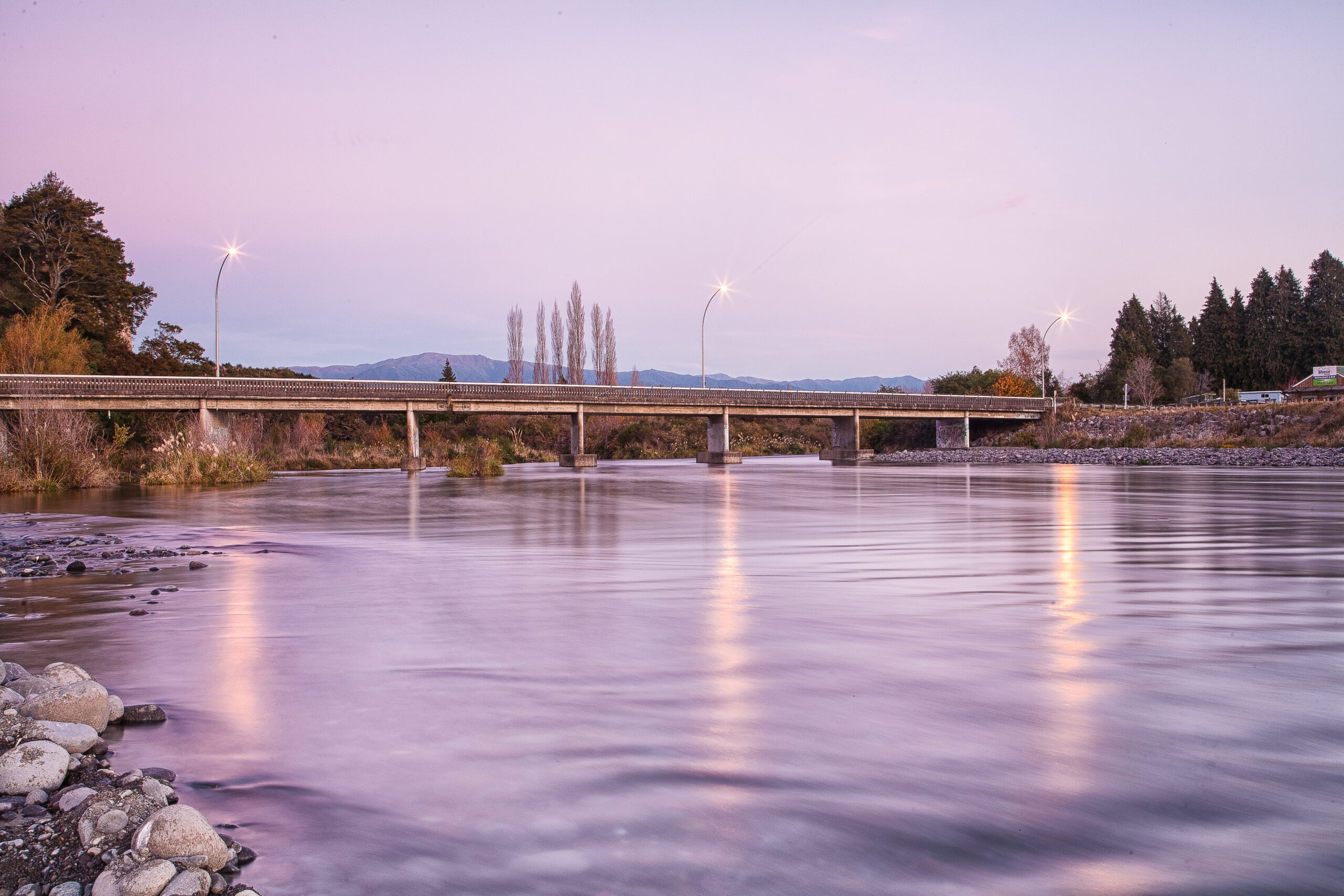
Resources
- Use Ngā Mata o te Marama to learn about the phases of the moon and how they relate to everyday activities.
- Download a poster and other learning resources from Te Papa.
- Read one of The Spinoff’s series of articles about the Maramataka.
- Watch Professor Rangi Matamua explain Te Tau Toru nui o Matariki – the three year calendar system.
- Explore the Matariki webinar series from NZEI Te Riu Roa.
